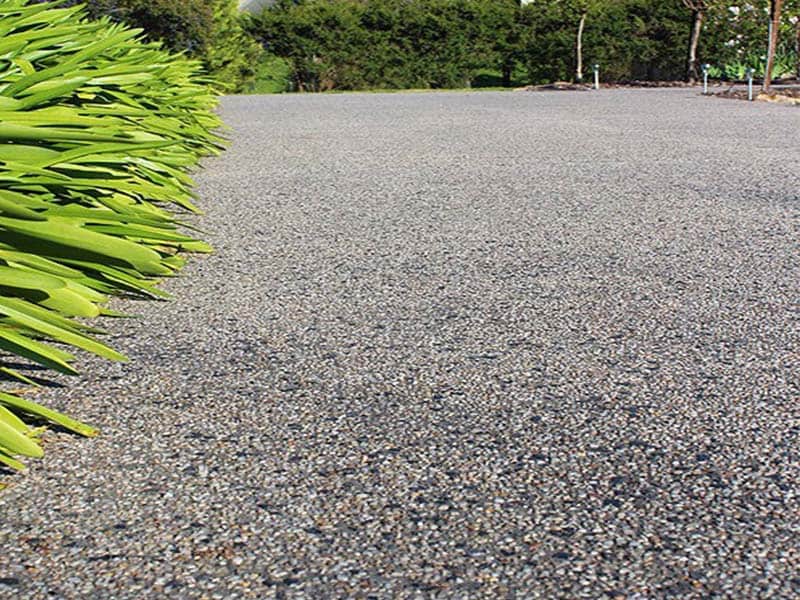Click Here for Exclusive Insights to Enhance Your Concrete Ventures
The Environment-friendly Selection: Concrete Sidewalks for Your Community
Choosing concrete for your area sidewalks can make a significant distinction in terms of sustainability and eco-friendliness. Allow's discover why concrete walkways might be the environmentally friendly option your community needs.
Benefits of Concrete Sidewalks
When taking into consideration the installation of sidewalks in a neighborhood, the advantages of picking concrete over other products are countless and significant. Concrete sidewalks provide durability, enduring heavy foot website traffic, weather condition changes, and environmental aspects much better than alternative materials like asphalt or crushed rock. This long life translates to cost-effectiveness in the future, as concrete sidewalks need much less regular repair services and maintenance. Additionally, concrete is a flexible material that can be quickly customized to enhance the visual of any area via various finishes, shades, and patterns.

Sturdiness and Long Life
Just how can concrete pathways outmatch other products in regards to sturdiness and durability? Concrete pathways are renowned for their extraordinary longevity and durability compared to different materials like asphalt or pavers. The fundamental toughness of concrete makes it extremely immune to splitting, shifting, and general deterioration brought on by foot web traffic, weather condition variations, and other environmental aspects. Unlike asphalt, which can soften in heats and fracture in freezing conditions, concrete maintains its structural honesty, calling for very little maintenance over time.
Concrete pathways likewise have a longer lifespan than pavers, which are prone to unequal settling, weed growth between joints, and private paver movement. The solid, continuous surface of concrete minimizes stumbling threats and guarantees a smooth strolling path for pedestrians. Furthermore, concrete's durability minimizes the demand for frequent repairs or replacements, making it a economical and lasting option for area walkways. By spending in concrete walkways, areas can enjoy a trusted and durable infrastructure that enhances the general visual allure and capability of the area.
Reduced Maintenance Needs
Concrete sidewalks stand out for their very little maintenance requirements as a result of their durable nature and resilient efficiency. Unlike alternate products that might call for regular repair services or replacements, concrete sidewalks use an economical option that requires little maintenance gradually. One of the crucial advantages of concrete sidewalks is their resistance to weathering and disintegration. This means they can stand up to rough climate condition, heavy foot website traffic, and various other ecological variables without deteriorating swiftly.
Regular upkeep for click to read concrete pathways usually involves simple tasks such as normal cleaning to get rid of debris and occasional securing to shield the surface area. In comparison to products like asphalt or pavers that might move, crack, or break down more easily, concrete walkways keep their architectural integrity with marginal treatment. Furthermore, any type of fixings that might be needed are usually local and can be addressed swiftly, lowering both the moment and price connected with maintenance.

Ecological Advantages
With a focus on sustainability and eco-friendliness, concrete walkways supply significant ecological benefits that contribute to a greener area infrastructure. Concrete is a product recognized for its resilience and durability, lowering the requirement for constant substitutes. This longevity reduces the ecological impact connected with the production and transport of brand-new products for pathway building. In addition, concrete walkways have a high solar reflectance index, meaning they reflect a considerable amount of sunshine rather than soaking up and preserving warmth. This quality aids reduce the metropolitan heat island effect, reducing blog energy consumption for cooling buildings check here and boosting overall convenience in city locations.
Furthermore, concrete is a porous material that allows water to penetrate right into the ground, reducing stormwater overflow and aiding in groundwater recharge. This aids avoid erosion, decrease flooding, and maintain the all-natural equilibrium of water supply in the area. By picking concrete pathways, communities can make a lasting choice that favorably affects the setting and enhances the top quality of life for citizens.
Enhancing Area Sustainability
By prioritizing lasting framework remedies, areas can cultivate a harmonious balance in between ecological consciousness and community development. Enhancing area sustainability entails a multifaceted technique that surpasses simply the ecological benefits of concrete pathways. Applying environment-friendly rooms, promoting energy-efficient techniques, and cultivating a sense of neighborhood engagement are crucial parts of creating a sustainable community.
One method to improve neighborhood sustainability is through the combination of permeable concrete pathways. These walkways enable rainwater to seep right into the ground, minimizing stormwater overflow and minimizing the pressure on community drainage systems. Concrete Contractor. By incorporating permeable pathways, neighborhoods can boost water high quality, minimize flooding risks, and boost general ecological strength
Furthermore, advertising different transport approaches such as strolling and cycling can dramatically reduce carbon exhausts and advertise a healthier way of life among locals. Creating safe pedestrian pathways, bike lanes, and designated greenways can motivate residents to rely less on autos, better adding to the community's sustainability goals.
Conclusion
In conclusion, concrete pathways offer countless advantages for neighborhoods, including sturdiness, low maintenance needs, and ecological advantages. By choosing concrete pathways, communities can boost their sustainability and add to a much more green atmosphere. It is clear that concrete pathways are the optimal choice for areas looking to boost their infrastructure in a environmentally friendly and durable manner.
When considering the installment of sidewalks in a neighborhood, the advantages of choosing concrete over various other products are considerable and countless. In addition, concrete's resilience minimizes the need for regular fixings or substitutes, making it a sustainable and affordable option for neighborhood walkways (legendaryconcretebrentwood.com).With an emphasis on sustainability and eco-friendliness, concrete sidewalks use noteworthy ecological advantages that add to a greener community infrastructure. Enhancing area sustainability involves a complex approach that goes past just the ecological advantages of concrete sidewalks.In verdict, concrete sidewalks supply various advantages for areas, including sturdiness, low upkeep demands, and environmental advantages